Do you need a professional to install a water softener?
Water softeners and other water treatment products are required to meet codes set by the Department of Public Health, which require that a licensed plumber install all such equipment.
How long are water filtration systems good for?
With a water filter, you can expect to get at least 6 to 12 months out of your investment before having to replace it.
With a water filter, you can expect to get at least 6 to 12 months out of your investment before having to replace it.
Is Reverse Osmosis Water good for you?
Reverse osmosis water is the safe, healthier choice for your family. It filters out pollutants through pores that don’t allow solids or microbes to pass, so it’s more effective than other types of filtration systems!
Reverse osmosis water is the safe, healthier choice for your family. It filters out pollutants through pores that don’t allow solids or microbes to pass, so it’s more effective than other types of filtration systems!
How long do commercial and industrial water softeners last?
The average commercial water softener generally lasts 10 to 15 years.
The average commercial water softener generally lasts 10 to 15 years.
